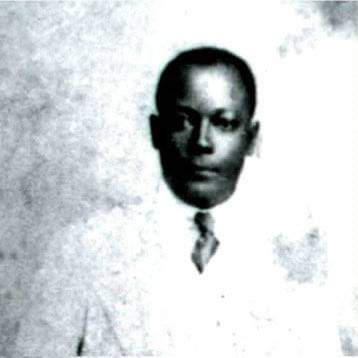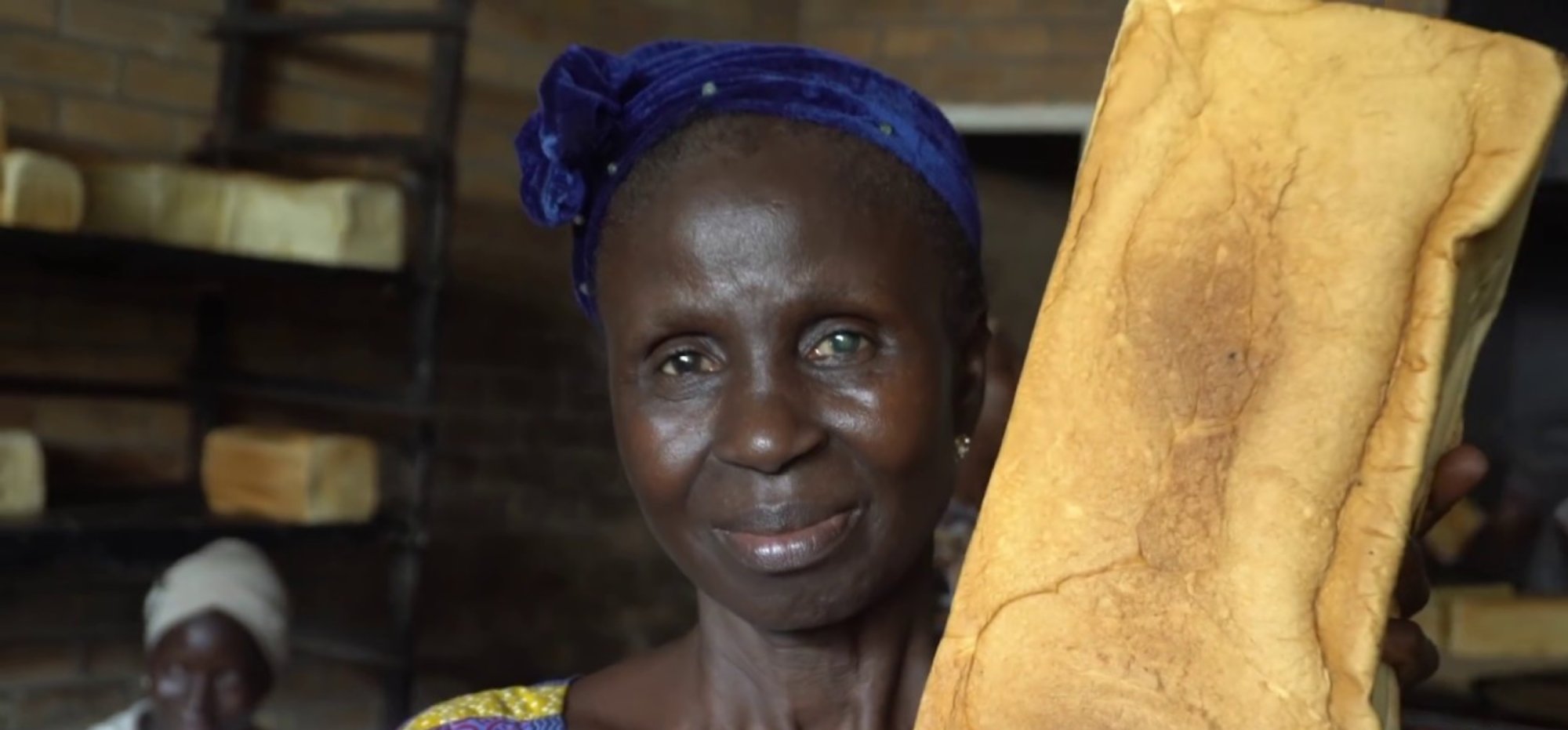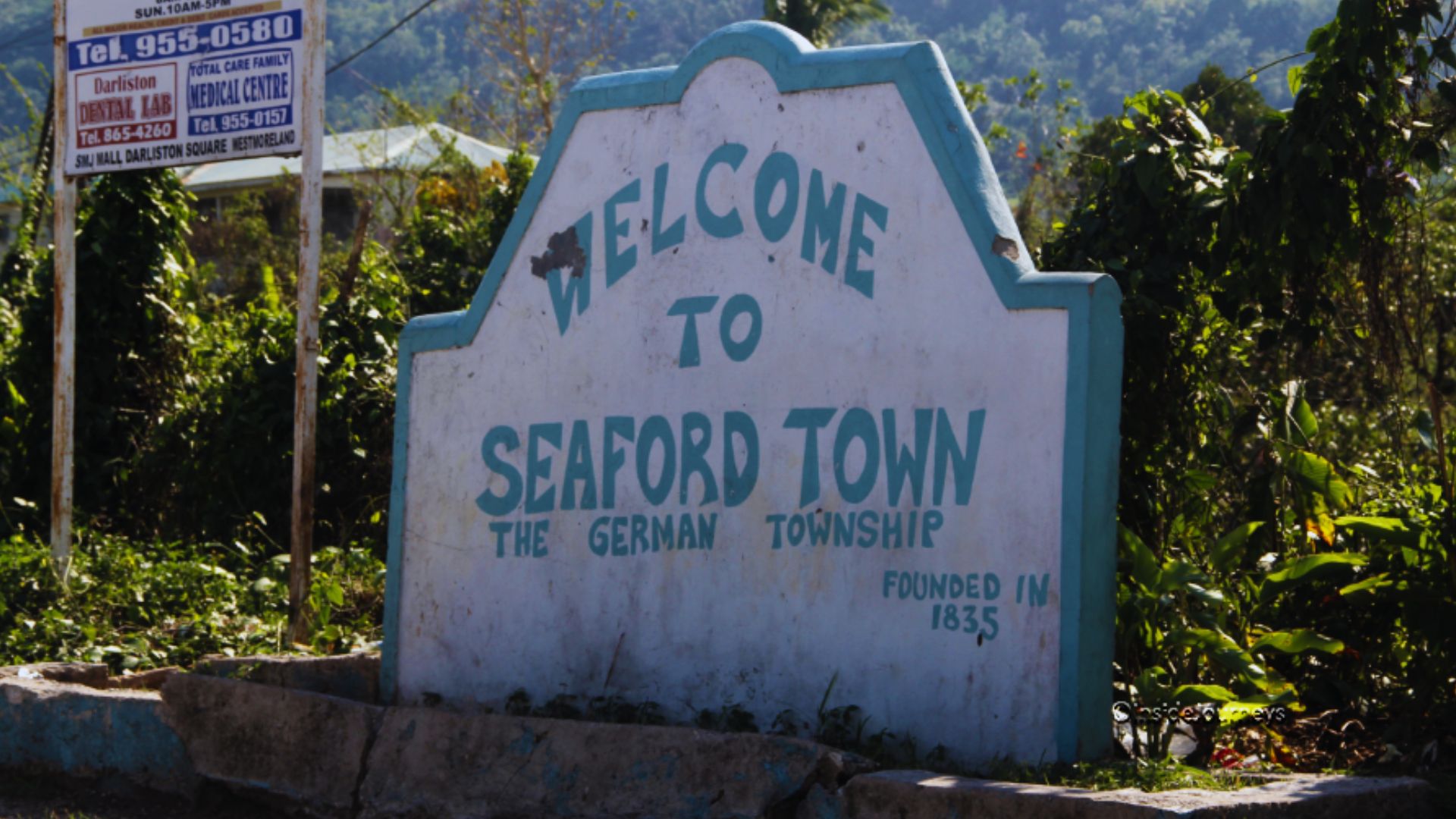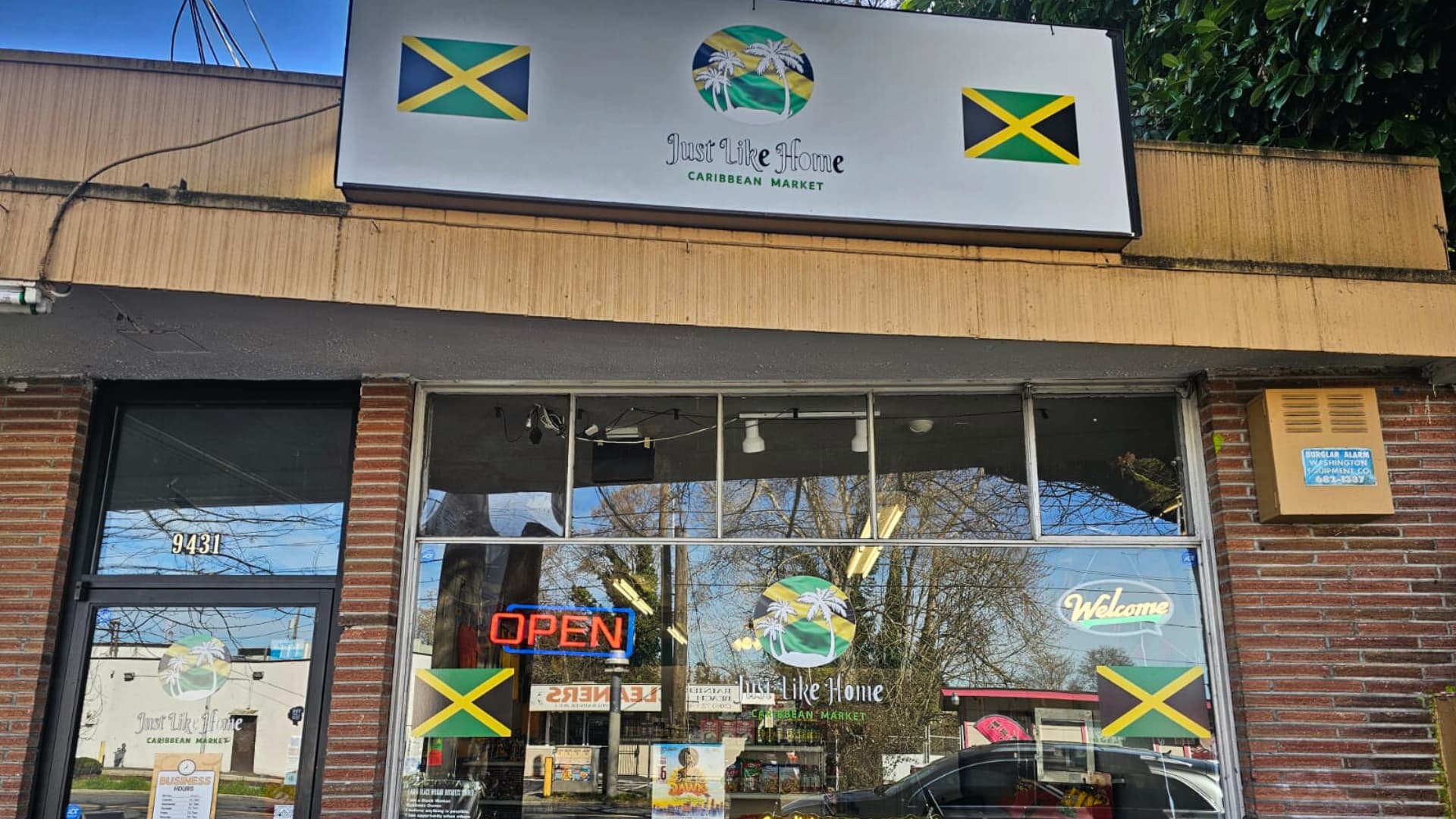There is no question that bread plays a vital role in many cultures, and the variety of bread made from its few basic ingredients is remarkable. In Nigeria, the soft, sweet. square-loafed version known as Agege bread is a national staple, and it has a fascinating history and a strong Jamaican connection.
Amos Shackleford, the “Bread King” of Nigeria
Amos Stanley Wynter Shackleford was born in Charles Town, a Maroon community near Buff Bay, Portland, Jamaica in 1887. His father worked as a saddlemaker. When Shackleford was an elementary school student, his teacher was so impressed with Amos that he brought the young man with him when he moved to Manchester so he could continue his education. Shackleford began working for the Government Railway in 1903, and took the opportunity offered by the Nigerian Railway when it advertised for workers in Jamaica, leaving for West Africa in 1913. His interest in Nigeria was rooted in his Maroon connections and the early work of Marcus Garvey in Jamaica. After a brief period in Jamaica in 1917, Shackleford returned to Lagos, Nigeria, becoming the head clerk at S Thomas and Co., a Nigerian-owned lumber company, in 1918. He married the daughter of a Jamaican Baptist missionary in 1921.

Successful bakery business
Shackleford and his wife established their own bakery business, which thrived in their small community, catering chiefly to the bread demands of the Agege people. His bread was delivered in vans and buses from the bakery in Ebute-meta to Agege during this time. As he introduced new methods of production and marketing, the business expanded to other towns in Nigeria and the Gold Coast in the 1930s. He became known as the “The Bread King Of Nigeria,” and his bread was known as “Shackleford.” He retired and sold the business in 1950. His other business interests included involvement with transport, gas retailing, and importing Jamaican rum. He was an organist at Christ Church in Lagos, played cricket, and supported the Cricket Association. He also had a key role in Nigerian politics. In 1920, he founded and served as president of the Universal Negro Improvement Association (UNIA) branch in Lagos, focusing his energy on social programs rather than political independence. In 1923, he was a founding member of the Nigerian National Democratic Party (NNDP} and served on the Lagos Town Council. He was president of the NNDP from 1946 until he died in 1954.
Retained links to Jamaica
While he was committed to his life in West Africa, Shackleford maintained ties to Jamaica. He brought his two sons to be educated on the island in 1931 at the Morris-Knibb Preparatory School and Kingston College. He married again in 1932, and the couple visited Jamaica in 1938-39 to give talks on Africa and display African artifacts to various organizations. They bought a house on Old Hope Road sometime around WWII and lived there into the 1950s. Shackleford died in Accra, Gold Coast, on December 31, 1954.
The legacy of Shackleford’s bread
After Nigeria gained independence in 1960, the bakery business founded by Shackleford was suspended, but after some months, other bakeries were established in the country. One of the first was launched by an Agege local, Alhaji Ayokuunu, who used the dough machine introduced by Shackleford to prepare his bread. He hired hundreds of Agege residents and paid them to sell his bread on the streets. The bread then became known as “Agege Bread” at this time, and it became famous throughout the country. In the 1980s, the bread was transported from Nigeria to Cameroon via a merger between passenger transportation agencies known as “Man No Rest.” The bread was transported from Ekok in Cameroon on the border with Nigeria, and then to other cities throughout the country where it became very popular. The distributors decided to construct an Agege bread bakery in Kumba to meet the demand of customers in Cameroon, and the city became the first to produce Agege bread for commercial purposes. Over time, it became known as “Kumba Bread.”
History of travel and migration “baked in”
As people migrate across continents, their recipes also cross borders. Shackleford’s Agege Bread recipe represents an excellent example of this dynamic, as it has made its way from a small town in Nigeria to other countries, even to the United States. The US is home to generations of immigrants, including Africans, most of whom live in Texas, Maryland, New York, California, Georgia, Illinois, New Jersey, and Washington DC, and they want culturally related foods. One of the top producers of Agege bread in the US is the Divine Agege Bread Bakery in Maryland, where loyal customers from the West African community in Washington DC ensure its continued success.






